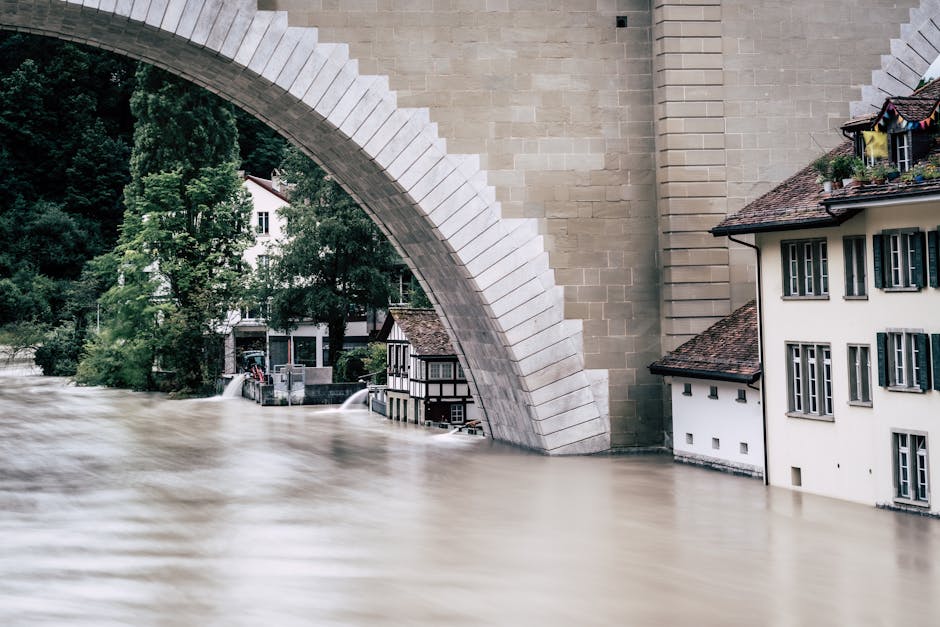-
Recent Events: Torrential rain in Ramban, J&K, caused casualties, infrastructure damage, and forced relocations due to cloudbursts, landslides, and flash floods.
-
Cloudburst Definition: Sudden, intense rainfall exceeding 10 cm per hour over approximately 10 km². Common in mountainous areas like the Himalayas due to orographic lift. Difficult to predict.
-
Cloudburst Causes: Orographic lift (warm air rising over mountains, cooling, and releasing moisture), monsoon dynamics (moisture-laden clouds from Bay of Bengal/Arabian Sea release rain in Himalayas).
-
Landslide Definition: Downward movement of rock, soil, or debris on a slope due to gravity. Increased by rainfall.
-
Landslide Causes: Natural factors (heavy rain, earthquakes) and human activities (deforestation, construction) weaken slopes. Geological factors like soil composition also contribute. Water adds weight, lowers strength and reduces friction, leading to landslides.
-
Landslide-Prone Areas in India: North East Himalaya, North West Himalaya, Western Ghats, Konkan hills, and Eastern Ghats.
-
Flash Flood Definition: Sudden rise in water levels during or after intense rainfall, typically within 6 hours.
-
Flash Flood Causes: Intense rainfall overwhelming drainage systems, rapid snowmelt, dam breaches, glacial lake outbursts, and urbanization increasing runoff.
-
Impact: Cloudbursts lead to flash floods and landslides. Flash floods are sudden and life-threatening. Landslides can crush and trap people, block roads, and cause waterbodies to flood.
